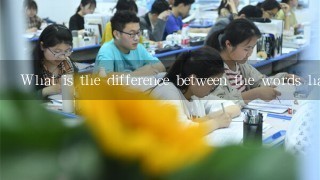What is the difference between the words happy and sad in their historical context?

Happy:
- Medieval: Happy was associated with the Virgin Mary and the concept of divine favor. It was often used to describe the blessings of God on individuals, families, and communities.
- Renaissance: Happy was associated with worldly pleasures and material wealth. It was often used to describe the material possessions and achievements of individuals.
Sad:
- Medieval: Sad was associated with the concept of divine punishment and the separation of the soul from God. It was often used to describe the suffering and pain of individuals, families, and communities.
- Renaissance: Sad was associated with a range of emotions, including grief, sorrow, and melancholy. It was often used to describe the emotional experiences of individuals and communities.
Additional Points:
- The word "happy" was often used in a more positive and optimistic context, while "sad" was often used in a more negative and pessimistic context.
- The historical context of the words "happy" and "sad" has influenced how they are used today. For example, the word "happy" is now often used to describe positive emotions and experiences, while the word "sad" is now often used to describe negative emotions and experiences.
- The word "happy" is still used today to refer to the state of being happy or blessed, while the word "sad" is still used today to refer to the state of being sad or sorrowful.





































































